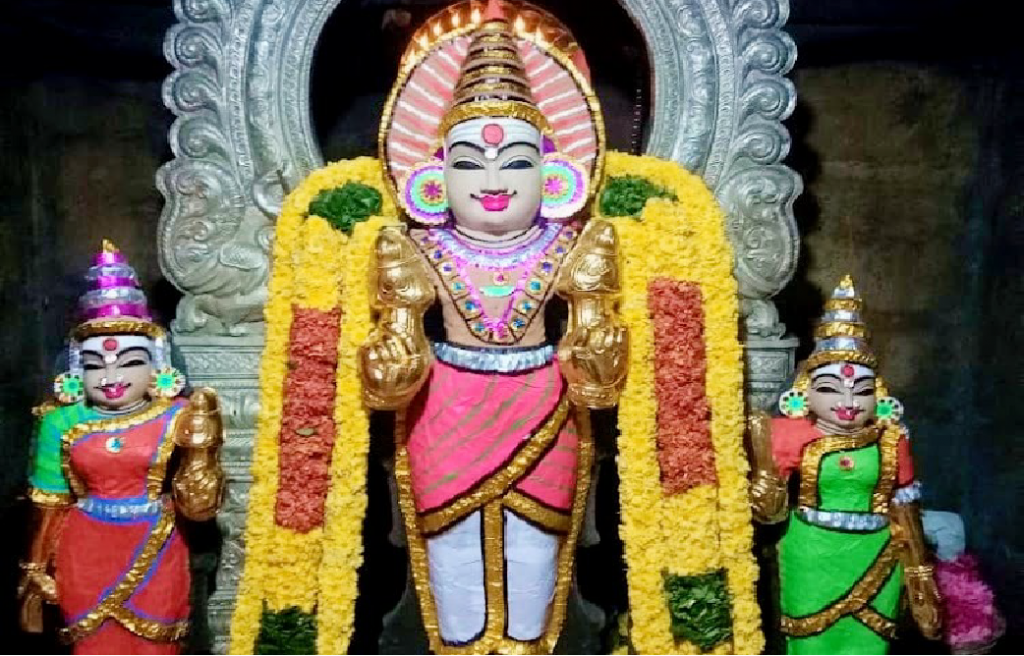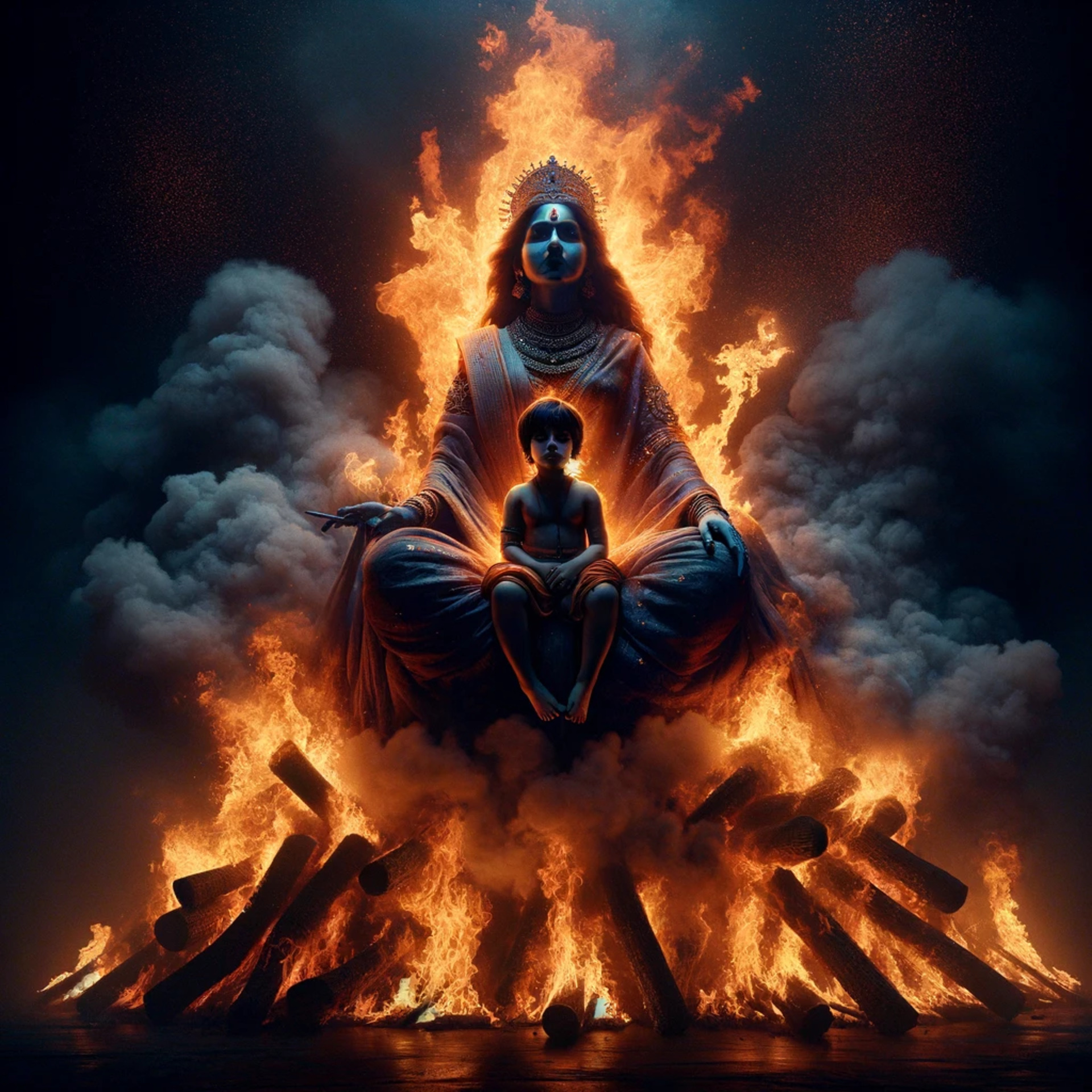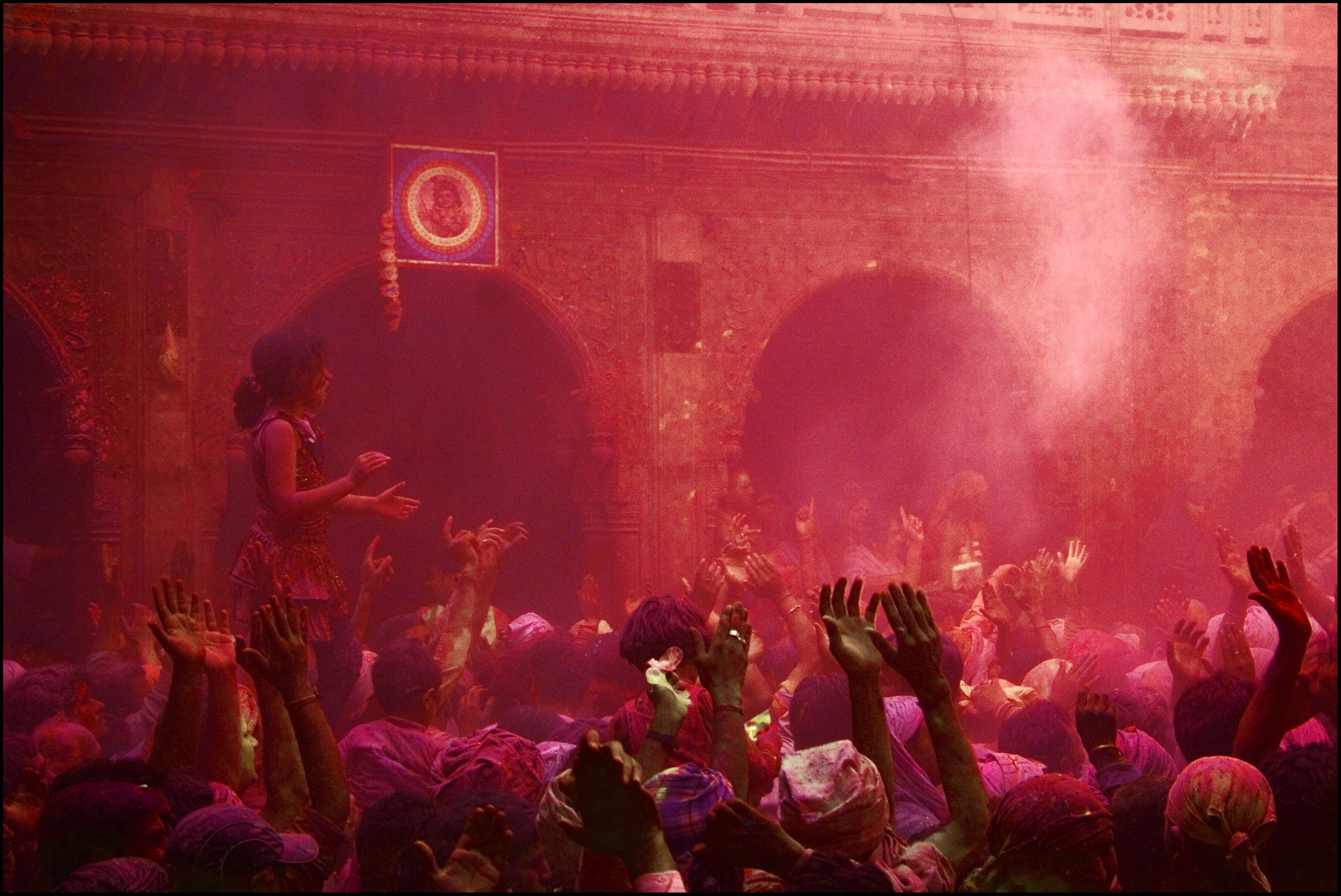Makara Sankranti
Makara Sankranti, the festival that symbolizes the end of the winter solstice and the onset of spring, is a pan-Indian solar festival celebrated with fervor and joy. Known by various names across the Indian subcontinent, it marks the transition of the sun into the zodiac of Capricorn (Makara). This festival, deeply rooted in Hindu scriptures and agricultural practices, is a time for gratitude, renewal, and joy. On this day, Surya Bhagawan is worshiped as per the rituals.
Table of Contents
- The Astrological Significance of Makara Sankranti
- Regional Celebrations Across India
- Makara Sankranti Customs and Rituals
- The Culinary Delights of Makara Sankranti
- Makara Sankranti in Hindu Scriptures
- Preserving Tradition: Makara Sankranti in Modern Times

Astrological Significance of Makara Sankranti
Makara Sankranti, a festival deeply rooted in astrological phenomena, derives its name from a combination of two Sanskrit words: ‘SAN’, meaning plenty, good, and unity, and ‘KRANTI’, signifying a radical change. Therefore, ‘Sankranti’ symbolizes an abundance of positive change, while ‘SANKRAMANA’ denotes the commencement of movement.
In the Hindu calendar, a solar month is defined by the Sun’s passage through a single zodiac sign, encompassing 30 sunrises and sunsets. The zodiac is divided into 12 signs, ranging from Mesha (Aries) to Meena (Pisces). From an earthly perspective, the Sun appears to move one degree per day, completing its journey through a zodiac house each month.
The pivotal moment when the Sun transitions from one sign to the next is known as Sankranti or Sankramana, and in astrological terms, this is referred to as a transit. Each of these transitions bears the name of the zodiac sign into which the Sun is moving.
Among the 12 Sankrantis occurring annually, from Mesha Sankranti to Meena Sankranti, the transit into Makara Rasi (Capricorn) holds a special significance and is celebrated as Makara Sankranti. This particular transition is revered above others in the Hindu calendar year for its sacredness.
Makara Sankranti, specifically marking the Sun’s transit into Makara rasi and its journey towards Uttarayana, coincides with the Sun being directly over the Tropic of Capricorn.This festival not only marks an astronomical transition but also symbolizes a shift towards enlightenment and spiritual rejuvenation.
Regional Celebrations Across India
In Andhra Pradesh and Telangana, the festival spans four days, each marked by distinct rituals like
Bhogi
Sankranti
Kanuma
Mukkanuma
Makara Sankranti, celebrated by different names and observed with unique regional customs – from the kite flying festivities of Gujarat’s Uttarayana to the harvest celebrations of Tamil Nadu’s Pongal, and Assam’s Magh Bihu marked by feasts and bonfires. In states like Bihar, it’s called Sakraat or Khichdi, Punjab’s Maghi, Bengal’s Poush Sankranti, adds its unique flavor to the celebration.
Makara Sankranti Customs and Rituals
Makara Sankranti is steeped in spiritual customs and rituals, observed across different regions of India. A unifying ritual across many states is the holy dip in rivers, believed to cleanse the soul and bring good fortune. In places like Allahabad’s Sangam – the confluence of the Ganges, Yamuna, and Saraswati rivers – this ritual draws millions, symbolizing the purification of the body and spirit.
Prayers and offerings to the Sun God, Surya, are common, embodying the gratitude of the people for the Sun’s life-sustaining powers. The transition of the Sun into Makara (Capricorn) is seen as a period of enlightenment and spiritual rejuvenation, making it an auspicious time for new beginnings.
Apart from the religious aspects, Makara Sankranti is a time for community bonding and cultural celebrations. The making of intricate and colorful rangolis outside homes is a common sight, symbolizing the welcoming of auspicious times and good luck.
In states like Maharashtra, exchanging til-gul (sesame and jaggery sweets) and the saying “til-gul ghya, god god bola” (accept these sweets and speak sweet words) fosters goodwill. Kite flying, especially in Gujarat and Rajasthan, is more than just a recreational activity; it represents freedom, joy, and the spirit of the festival.
In rural areas, cattle are adorned and worshipped, acknowledging their role in agriculture, with celebrations like ‘Mattu Pongal’ in Tamil Nadu dedicated to them.
Culinary Delights of Makara Sankranti
No Indian festival is complete without a specific cuisine, and Makara Sankranti is no exception. The use of sesame seeds and jaggery in making sweets like laddoos and chikkis is common across many states, symbolizing warmth and energy in the winter season.
In the South, Pongal, a sweet rice dish, is prepared to mark the festival’s namesake in Tamil Nadu. The use of freshly harvested grains signifies abundance and prosperity. In Punjab and Haryana, kite flying is accompanied by the preparation of traditional foods like khichdi and sugarcane juice.
These culinary traditions are not just about feasting but also about sharing with the community, thus reinforcing social bonds and the spirit of giving and gratitude that lies at the heart of Makara Sankranti.
Makara Sankranti in Hindu Scriptures
The auspiciousness of Makara Sankranti is echoed in various Hindu scriptures. The Puranas, ancient Hindu texts, emphasize the significance of the Sun’s transition into Capricorn (Makara Rashi).
It’s a time when the Sun – Bhagawan Surya visits the house of his son Shani, who is the lord of Capricorn. This celestial event is seen as a symbol of the special relationship between father and son, despite their differences, as represented by the Sun and Shani.
Furthermore, the day is marked as the point when the holy Ganges followed King Bhagirath to the netherworld (Patala) to redeem his ancestors’ souls, a story that underlines the river’s purifying powers, often sought by devotees during Makara Sankranti.
One of the most revered tales in Hindu scriptures associated with Makara Sankranti is the story of Bhishma Pitamaha, a key figure in the Mahabharata. Bhishma, a great warrior and son of the holy river Ganga, was granted a unique boon by his father – the ability to choose the moment of his death.
In the epic battle of Kurukshetra, Bhishma was mortally wounded but refused to die until the auspicious time of Uttarayana, the period when the sun moves northward and Makara Sankranti occurs. His decision to wait for this specific period was driven by the belief that death during Uttarayana leads to Moksha, or liberation from the cycle of rebirth.
Bhishma lay on a bed of arrows and waited for several days until the sun began its northward journey. His choice highlights the significance of Makara Sankranti in Hindu belief as a time symbolizing purity, enlightenment, and the doorway to the heavenly realms.
These scriptural references not only imbue the festival with religious significance but also highlight the Sun’s importance in Hindu cosmology, reinforcing its status as a vital source of life and spiritual enlightenment.
Preserving Tradition: Makara Sankranti in Modern Times
In an era where modernity often overshadows tradition, preserving the rich cultural heritage and rituals of festivals like Makara Sankranti is crucial. By providing timely reminders and insights into the rituals, traditions, and significance of our festivals, Temple Connect serves as a bridge between the past and the present, ensuring that the essence of these celebrations is not lost in the hustle of contemporary life.
Makara Sankranti is not just a festival but a celebration of life, nature, and gratitude. In a rapidly changing world, it remains a testament to the enduring spirit of Indian culture, a reminder to pause, reflect, and be thankful.
We invite you, our readers, to share your unique ways of celebrating Makara Sankranti. Each tradition, ritual, or personal story adds a vibrant hue to the tapestry of this festival’s celebration. By contributing your experiences, you help us in enriching this page with diverse and perhaps lesser-known aspects of Makara Sankranti.
Your input is invaluable in keeping this content dynamic and evolving, ensuring that we continuously update and expand our understanding of this auspicious festival. Share your stories and traditions with us, and together, let’s preserve and disseminate the rich cultural heritage of Makara Sankranti.




One Response